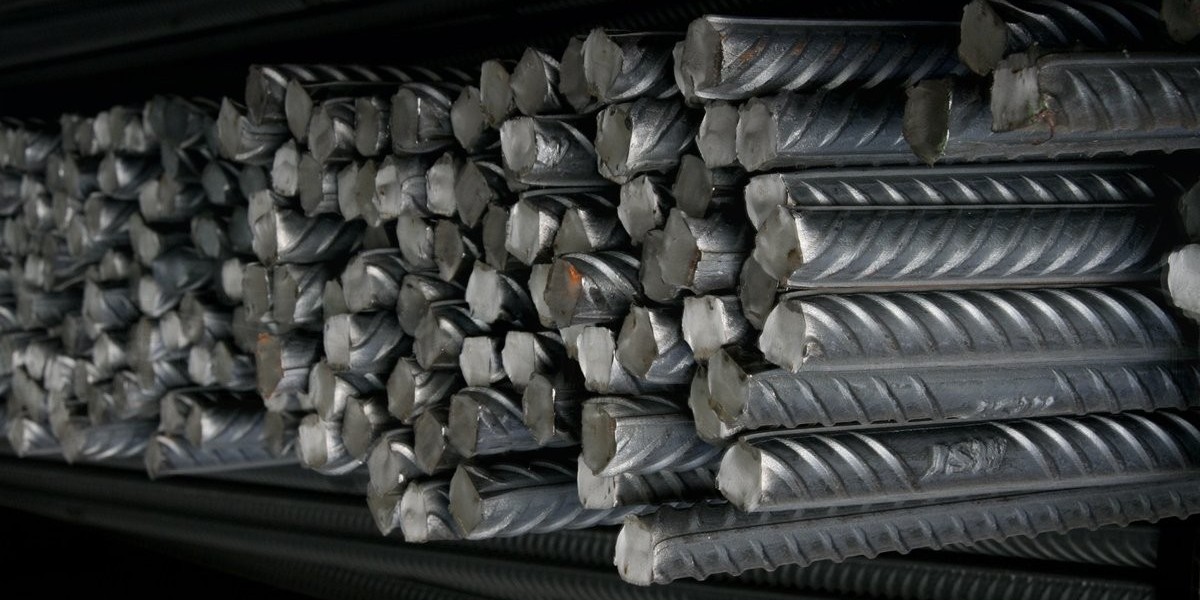The price of TMT (Thermo-Mechanically Treated) bars in India is shaped by a variety of factors that reflect both global market dynamics and domestic conditions. Tmt bars are integral to the construction and infrastructure sectors, thanks to their strength, flexibility, and resistance to corrosion. As a crucial component in building concrete structures, the price of TMT bars directly impacts the cost of construction. For contractors, builders, and buyers, it is essential to understand the key drivers that influence TMT bar prices. These drivers include the cost of raw materials, domestic demand, regional market conditions, production costs, and government policies. Let’s break down how each of these factors plays a role in determining the price of TMT bars in India.
Global Market Dynamics and Raw Material Costs
At the heart of TMT bar pricing is the cost of steel, which is the primary material used in their production. The price of steel is largely driven by the cost of its raw materials, primarily iron ore and coking coal. Iron ore is a fundamental input in steelmaking, and its price is subject to global supply and demand dynamics. For example, disruptions in major iron ore-producing countries like Australia and Brazil, or changes in demand from large consumers such as China, can have a significant impact on iron ore prices. As iron ore is essential for steel production, any increase in its price directly affects the cost of steel, which in turn raises the price of TMT bars.
Similarly, coking coal, which is used in the blast furnace process to produce steel, also influences the cost of TMT bars. Global market conditions, supply constraints, or fluctuations in demand can lead to variations in coking coal prices. When these prices increase, the cost of producing steel rises, contributing to higher TMT bar prices.
Besides iron ore and coking coal, other factors like energy prices also play a significant role in determining steel production costs. Steel manufacturing is an energy-intensive process, and fluctuations in energy prices—whether due to supply chain disruptions or changes in fuel costs—directly influence steel prices and, by extension, the price of TMT bars.
Domestic Factors and Demand Dynamics
While global market conditions significantly impact TMT bar pricing, domestic factors also play a crucial role in shaping prices within India. The construction and infrastructure sectors are the largest consumers of TMT bars. The demand from these sectors is closely tied to economic conditions, government investments in infrastructure, and seasonal trends in construction activity.
For instance, during periods of heightened construction activity, such as before the monsoon season or during festive periods, the demand for TMT bars typically spikes. This increased demand often leads to higher prices. On the other hand, during periods of reduced construction activity, such as during the monsoon season or in times of economic slowdowns, demand for TMT bars tends to decrease. As a result, prices may stabilize or even fall during these periods.
Government projects, particularly in infrastructure development, can also drive up demand for TMT bars. Large-scale infrastructure projects, such as highways, bridges, and urban development initiatives, require substantial quantities of TMT bars. When the government ramps up such projects, the increased demand often results in a corresponding increase in prices.
Regional Market Conditions and Production Costs
Another key factor influencing TMT bar prices is the variation in regional market conditions within India. Local demand for TMT bars can differ across states and cities, depending on the level of construction activity. In regions with high levels of construction, such as metropolitan areas or rapidly developing states, demand for TMT bars is often higher, pushing up prices. In contrast, regions with less construction activity or more stable market conditions may experience more stable or lower prices.
Transportation costs are also a crucial factor in regional price variations. The cost of moving TMT bars from production facilities to different parts of the country can vary significantly based on the distance and accessibility of the region. Areas that are remote or difficult to access may see elevated TMT bar prices due to higher transportation expenses.
Production costs play a critical role in determining TMT bar prices. The production process involves multiple stages, including steelmaking, thermo-mechanical treatment, and rolling. Any increases in production costs due to rising energy prices, higher labor costs, or the need for technological advancements can lead to higher prices for TMT bars. These increased production costs are usually passed on to consumers, contributing to the overall pricing of TMT bars in the market.
Government Policies and Seasonal Factors
Government policies and regulations also have a direct impact on the pricing of TMT bars. Changes in tariffs on raw materials, such as iron ore or steel imports, can increase production costs. Additionally, export duties or changes in environmental regulations can further influence prices. For example, stricter environmental regulations may require steel manufacturers to adopt cleaner but more expensive production methods, which in turn increases the cost of TMT bars.
Seasonal factors are another important element affecting TMT bar prices. Demand for TMT bars often peaks during specific times of the year, such as before the monsoon season or during periods of high construction activity. During these peak periods, increased demand can push prices higher. Conversely, during the monsoon season or periods of reduced construction activity, prices may stabilize or decrease.
Conclusion
In summary, the price of TMT bars in India today is influenced by a complex interplay of global market dynamics, raw material costs, domestic and regional demand, production and distribution expenses, government policies, and seasonal trends. For builders, contractors, and other stakeholders in the construction sector, understanding these factors is essential for anticipating price fluctuations and making informed purchasing decisions. By keeping an eye on these variables, buyers can better navigate the market and plan their procurement strategies effectively.
Find top-quality steel at unbeatable prices with Steeloncall at our website: www.steeloncall.com. Explore our wide selection online or call 18008332929 for personalized assistance today.
#tmtbars #tmtsteelrate #tmtsteelpricing #steelproducts #tmtprices













